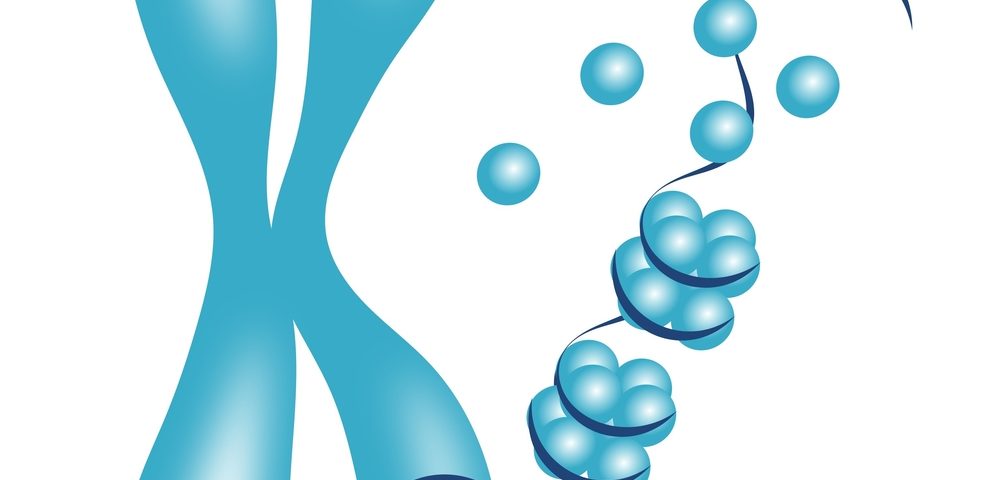Certain genes must be present in cells in a very precise amount, and variations to this “rule” may lead to developmental diseases like epilepsy, schizophrenia or autism spectrum disorders, according to a new report.
The study, “Dosage Sensitivity is a Major Determinant of Human Copy Number Variant Pathogenicity,” appeared in the journal Nature Communications.
Human DNA contains the information to produce all the necessary proteins stored in 20,000 genes. Sometimes, when certain DNA regions/genes are missing or duplicated, the encoded proteins are no longer produced in the proper amount within cells. These genetic anomalies are known as copy number variants (CNVs).
CNVs may be harmless, but they may also cause several human diseases. The challenge is to identify which genes within different CNVs are behind a given disease.
“Our idea was that there must be some genes within these regions with ‘Goldilocks’ properties: too much or too little duplication, and things don’t work properly,” Aoife McLysaght, the study’s senior author, said in a news release. “The number of copies must be just right.”
Researchers analyzed human evolutionary history to learn which genes simply cannot occur in an abnormal amount over time. This category, they learned, includes genes involved in development or those that have been conserved in mammals. If CNV anomalies occur in these genes, the effects are too serious for carriers to pass down to future generations.
The analysis also indicated that genes found in benign CNV regions have more variable copy number than CNVs associated with developmental disorders, which tended to vary less.
Together, these results support the idea that genes tolerate variations in their number differently, and that wider variations in the number of gene copies may persist in benign CNVs, but not in CNVs associated with diseases. These findings also provide insight into what genes may specifically lead to developmental diseases such as epilepsy, schizophrenia and autism spectrum disorders.
“Our work demonstrates that our evolutionary history is useful for understanding human disease,” McLysaght said. “These metrics also allow us to home in on a short list of genes as candidates for the diseases in question, some of which are seriously debilitating. Isolating specific genes that are linked to these disorders will increase our understanding of how and why they develop, lead to better diagnostics, and potentially help to develop therapies further down the line.”


